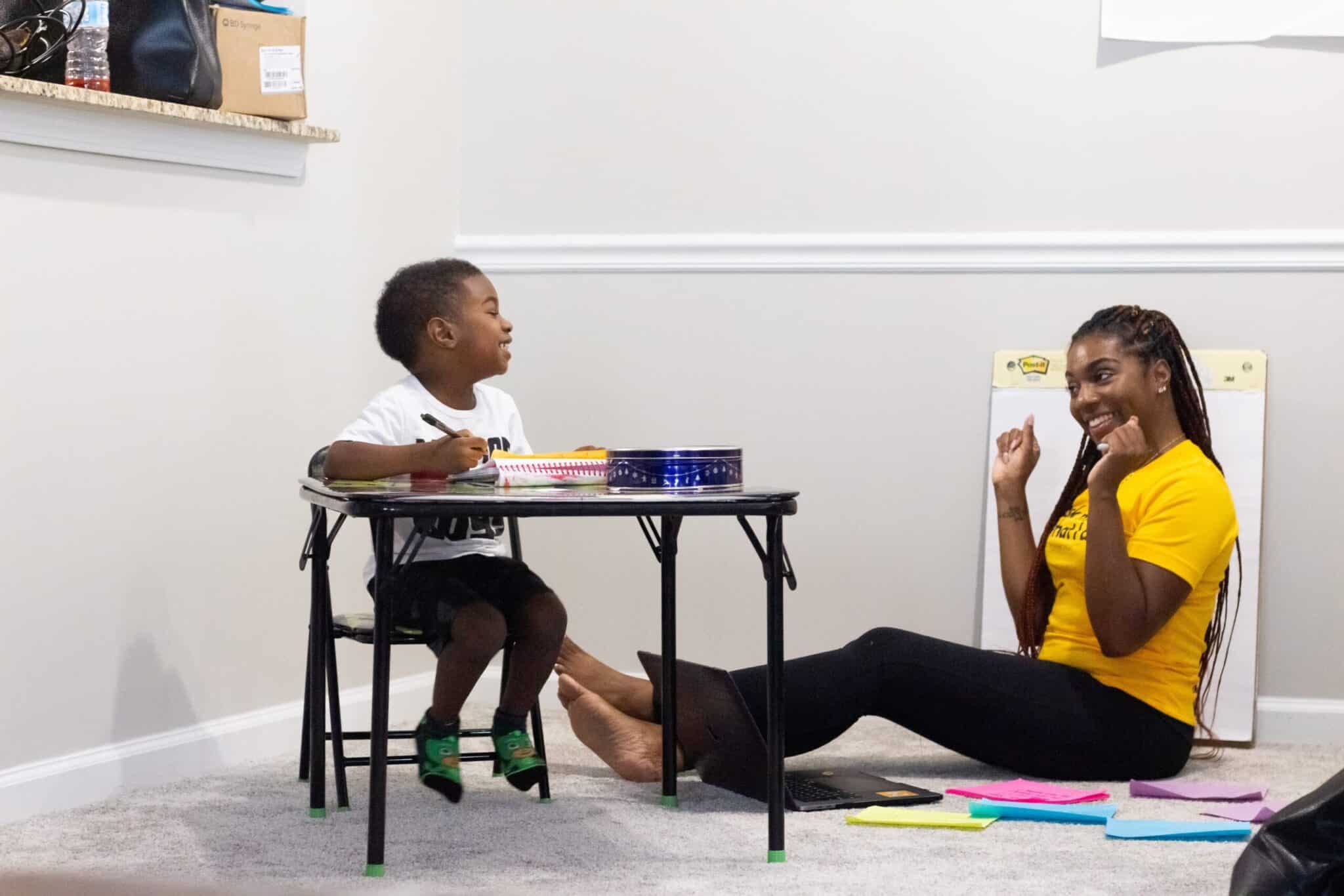Who Was The First Black Teacher? The System Revolution!
Updated: June 19, 2024
Published: February 13, 2022

We live in times where diversity in the workplace is encouraged. Due to this, many people tend to forget that not long ago, Black people could not take jobs in many fields. Even after Black children were allowed to attend school, it wasn’t until many years later that Black educators were allowed to teach freely without pushback. In the late eighteenth century, there were a few brave people who stood up against racist societal standards and became top-notch educators. So, who was the first Black teacher in America?

A Brief History of Segregation in Education
“Separate but equal.” That was the status quo determined in the Supreme Court case of Plessy v. Ferguson on May 18, 1896. In practice, Black people were forcibly set apart from white society. Post the American Civil War and during the Reconstruction era, Black children were allowed to attend school. However, they could only attend “colored” schools which were not given the necessary funds or resources in order to function. In short, they were in no way equal in any sense to white schools. Decades later, in 1954, the Supreme Court ruled under Brown v. Board of Education of Topeka that the theory of “Separate but equal” is unconstitutional and thereby outlawed racially segregated schools.
This ruling was a large catalyst for change and aided the civil rights movement tremendously. Still, a large portion of the country vehemently opposed the ruling and made it difficult for change to happen socially. It took tremendous courage for Black students to enter previously all-white schools and just as much inner strength for Black teachers to begin their careers.
Who Was the First Black Teacher in America?
Susie King Taylor (1848-1912) was considered to be the first Black teacher in America because she taught freed African-American slaves in a freedom school in Georgia. Although there must have been many more Black people who initiated education in their communities, Susie King Taylor stands out as one of the greatest pioneers who sacrificed for African-American education.
Born as a slave on a Georgian plantation, Susie could not receive a formal education legally. At age seven, Susie moved in with her free grandmother in Savannah. There, she was taught covertly by two female African-American women, as well as two white youths. In April 1862, Susie was finally freed after she escaped with her uncle to a federal gunboat close to Confederate-held Fort Pulaski. She then moved to Union-occupied St. Simons Island with hundreds of previously enslaved refugees and began to teach her skills to the army of former slaves at age fourteen. After the Civil War ended, Susie moved back to Savannah with her husband Sergeant Edward King in 1866. There, she opened a private school for children of freedmen that sadly closed just two years after due to the opening of a public school.
Later in her life, Susie published a book titled Reminiscences of My Life in Camp with the 33d United States Colored Troops, Late 1st S.C. Volunteers. Although she admitted that racism was still a strong force, Susie did end her book with a hopeful flourish. “What a wonderful revolution! In 1861 the Southern papers were full of advertisements for ‘slaves,’ but now, despite all the hindrances and ‘race problems,’ my people are striving to attain the full standard of all other races born free in the sight of God, and in a number of instances have succeeded.” Susie lived her life with an optimistic eye on the future and dedicated herself to improving African-American lives.

Other Notable Educators Who Shaped History
Although there are so many influential Black educators in our history, there are two great figures that especially deserve a shoutout.
Fanny Jackson Coppin (1837-1913) was the first Black principal in the United States. In 1865, she became one of the first Black women to get a college degree at Oberlin College in Ohio. While she attended college, she established a school with night classes to teach freed slaves. A few years after becoming the principal at the Institute for Colored Youth, the Philadelphia Board of Education promoted her to the superintendent. Born into slavery, Fanny took charge of her fate and became the first Black superintendent of a school district.
Kelly Miller (1863-1939) was the first Black mathematics graduate student and also the first Black John Hopkins University attendee. In 1907, he became the dean at Howard’s College of Arts and Sciences. Not only did Miller enhance the curriculum, but within four years, he tripled enrollment. Later on in his life, Miller pursued his goal of granting African-Americans more access to higher education.
The Continued Shortage of Diverse Teachers
Do you know that thousands of Black and Latino students see no teachers of the same race as them in their classrooms?
Times have drastically improved since the Jim Crow era, but there are still issues in the education system that should be treated with seriousness. As the Pew Research Center reports in a 2018-2019 study, only 16% of teachers in the U.S. are either Black or Hispanic which is in stark contrast to the 42% of Black and Hispanic students.
The shortage of diverse teachers directly impacts the colored student population. Research findings show that when students of color learn from a colored teacher they do better academically. Having role models that look like the students encourages them that they too can accomplish their goals. Their reading and math scores improve and the graduation rate increases as well.
We should all do our share and aim to help the education system diversify so that colored students get the best education available to them.
In fact, at the University of the People, it is our mission “to offer an accessible, quality education to any qualified student through flexible, affordable, online, accredited degree-granting programs that give graduates the potential to lead successful, fulfilling lives as individuals and members of society.” To put our mission into action, we have a diverse faculty to meet the needs of our diverse student body. In fact, 43% of our students and 30% of our instructors are Black/African-American.
Students from all over are welcome to join our online university. There are students enrolled from over 200 countries and territories, as well as a diverse administration made up of volunteers from world-renowned institutions. The importance of cultural diversity cannot go unnoticed.
Final Thoughts
When we face issues in the present, the best course of action to take is to look into the past for guidance. Not many people are aware of the first Black pioneers in education. Now that you do know, you can understand that the struggle to bring equality to the education system is not over.
See what you can do to benefit your community and bring diversity into the teaching field and in every other field And don’t stop your research on Black historical figures! With a solid understanding of our history, every person can make an impactful difference to create a better and more equitable tomorrow.
